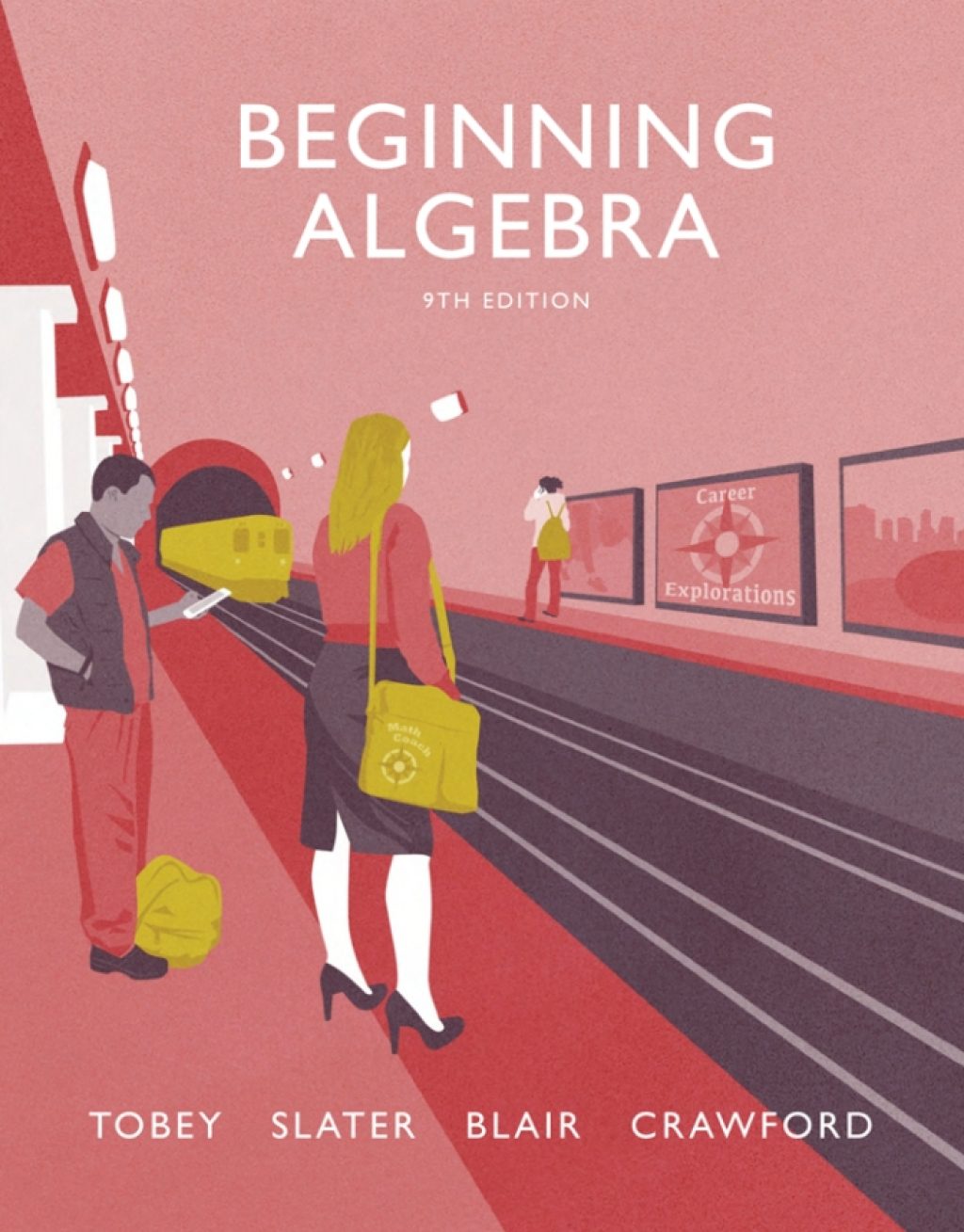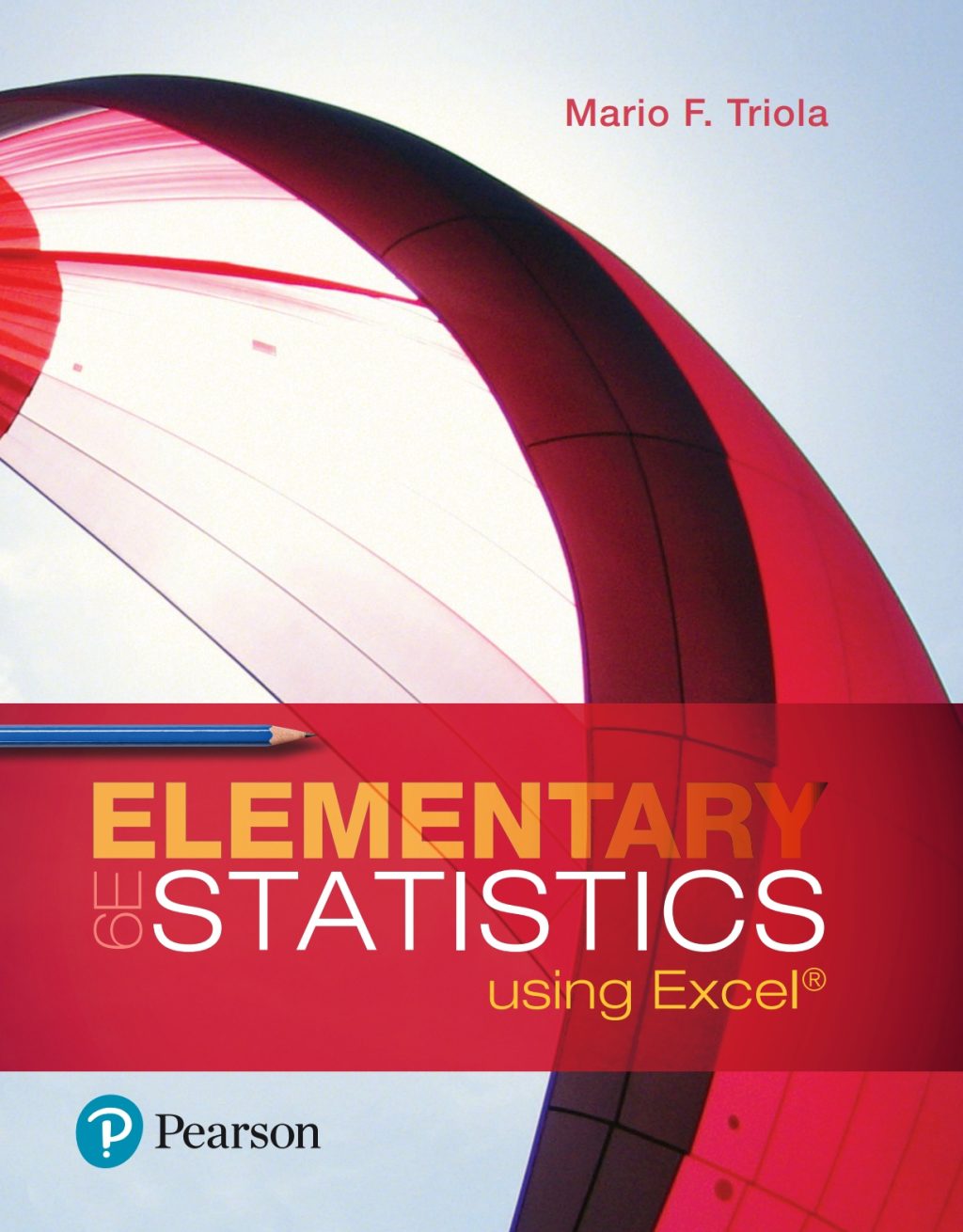Tom Siegfried0309101921, 9780309101929
John Nash won the 1994 Nobel Prize in economics for pioneering research published in the 1950s on a new branch of mathematics known as game theory. At the time of Nash’s early work, game theory was briefly popular among some mathematicians and Cold War analysts. But it remained relatively obscure until the 1970s, when evolutionary biologists began to find it useful. In the 1980s economists began to embrace game theory. Since then game theory math has found an ever expanding repertoire of applications among a wide range of scientific disciplines.
Today neuroscientists peer into game players’ brains, anthropologists play games with people from primitive cultures, biologists use games to explain the evolution of human language, and mathematicians exploit games to better understand social networks.
A common thread connecting much of this research is its relevance to the ancient quest for a science of human social behavior, or “a Code of Nature,” in the spirit of the fictional science of psychohistory described in the famous Foundation novels by the late Isaac Asimov. In A Beautiful Math, acclaimed science writer Tom Siegfried describes how game theory links the life sciences, social sciences and physical sciences in a way that may bring Asimov’s dream closer to reality.
Table of contents :
Front Matter……Page 2
Preface……Page 4
Contents……Page 8
Introduction……Page 10
1 Smith’s Hand–Searching for the Code of Nature……Page 20
2 Von Neumann’s Games–Game theory’s origins……Page 36
3 Nash’s Equilibrium–Game theory’s foundation……Page 60
4 Smith’s Strategies–Evolution, altruism, and cooperation……Page 82
5 Freud’s Dream–Games and the brain……Page 102
6 Seldon’s Solution–Game theory, culture, and human nature……Page 119
7 Quetelet’s Statistics and Maxwell’s Molecules–Statistics and society, statistics and physics……Page 135
8 Bacon’s Links–Networks, society, and games……Page 153
9 Asimov’s Vision–Psychohistory, or sociophysics?……Page 173
10 Meyer’s Penny–Quantum fun and games……Page 191
11 Pascal’s Wager–Games, probability, information, and ignorance……Page 206
Epilogue……Page 226
Appendix–Calculating a Nash Equilibrium……Page 234
Further Reading……Page 239
Notes……Page 242
Index……Page 258







Reviews
There are no reviews yet.